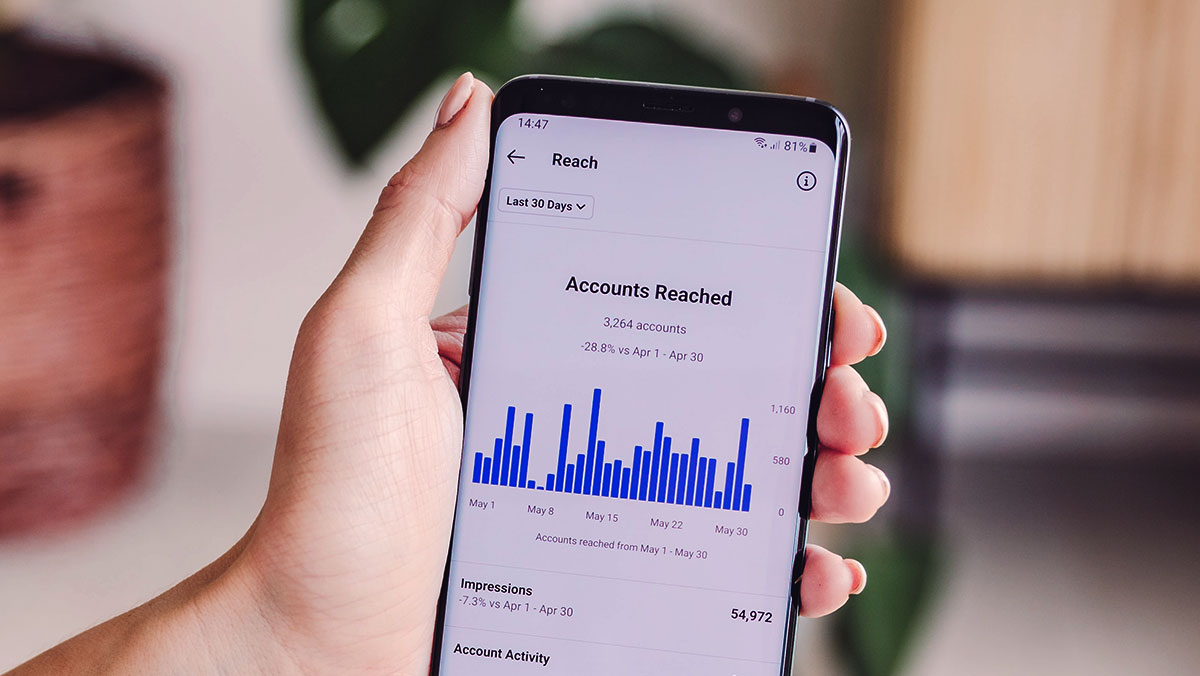
Fortune 500 companies are increasingly leveraging social media as a fundamental part of their business strategy to discover important insights into audience behaviors.
91% of Fortune 500 brands connect to their audience with Twitter, and 89% use Facebook to incentivize customer loyalty communities, demonstrating just how much value these companies place on social media interactions.
The potential of social media isn’t limited to just Fortune 500 companies, although they are able to invest a heavy budget in the latest technology in social listening tools. So, what if you want to capture and analyze social media intelligence but your marketing budget doesn’t match that of the big players? Let’s break down how you can use social media intelligence to your advantage.
Social media intelligence
Detailed insights drive optimal decisions, and that’s exactly what social media intelligence enables. Social media works as the world’s largest source of consumer insights. So, capturing these insights allows brands to connect authentically with their target audience and, ultimately, improve customer experience.
This means understanding each audience segment and providing tailored content that resonates with the consumer, ultimately building meaningful connections and ensuring customer loyalty.
To reach these genuine connections with consumers, brands must adopt appropriate marketing tools and strategies to gather this audience analysis and help manage their customers’ journeys. By aligning passions, interests, aspirations, and lifestyles with the ideal buyer persona, the brand reaches a successful engagement and the customer delivers great returns, turning insights into actual tangible impacts.
Social listening
Users across all industries are using social media, so valuable data and insights are literally at your fingertips. Social listening, in a nutshell, is purely market research. It entails everything from understanding industry trends through to how different brands perform and engage with their own audiences. All in all, such information allows team efforts to be channeled to effective strategies that work smarter, not harder.
The analytical step in social listening aims to build effective, competitive strategies through insights collected across all platforms on which your business is active. This will give you a better understanding of how your customer relates, feels, and thinks about your company, and allows a clear and precise analysis compared with competitors. To fully acknowledge and maximize the value of social listening, there are a few strategies you can implement to improve your marketing approach:
Brand sentiment
Ultimately, this makes or breaks your company’s efforts into positioning your brand as top-of-mind in the industry. This data allows an accurate representation of what your customers and ideal targets are saying, thinking, and feeling about your brand so you avoid running the risk of misunderstanding your customer and neglecting your brand’s reputation. An in-depth analysis will allow your brand to stay ahead of potential conversations regarding complaints and negative comments, giving you a closer look at the overall perception and content performance of your brand.
Trends and competitive analysis
This analysis allows your company to identify gaps and pain points in the market, which translate into potential business opportunities. Staying ahead of the game also allows you to prepare for any important discussions regarding politics, general disruptions, and social issues that may affect your brand, allowing a much enhanced and analytical management of any potential impact. This information also allows for a complete assessment of where your company stands in the industry to quickly identify strengths and weaknesses compared to competitors, improving your online presence or business development efforts.
Actionable steps
In order to get started with building social media audience behavior reports, company efforts must be aligned. This ensures that the findings will support overall business goals and apply social media intelligence to its best advantage, without the budget of a F500 company. To do so, here are a few steps that will help guide you in the right direction:
Segment your audience
Social media is undeniably fruitful, yet also very saturated. Over 72% of marketers consider data analytics to be the most important skill to help build the organization’s strategies. Understanding customers may be a stumbling block at first, yet it’s crucial for the discovery process as it expands marketers’ understanding of the target audience and the insights gained from customers’ interactions.
Organize conversation clusters
By organizing clusters of comments and discussions, valuable insights such as market penetration and how the target audience interacts with competitors become an asset for your marketing purposes.
Track audience growth
With over 3.96 billion active social media users as of 2021, your work is cut out for you. Understanding your follower demographics will give you a base and a starting point to potentially grow your target audience, expanding your reach, and building your business framework.
Capture audience feedback
“If you can’t track it, you can’t improve it”. This step provides direct and clear information to help spot any potential issues and identify opportunities and pain points. With direct feedback, your brand can quickly and efficiently shift any marketing efforts to better improve your customer experience.
Compare sentiment and insights against competitors
To help stay ahead of the game, you need to understand what are your strengths and weaknesses. These insights will improve communication and engagement strategies while helping to allocate financial investment to where it’s best fitted and aligned with your company strategy.
Takeaway
“You don’t need a hefty budget to have a first stab at it.”
F500 companies have robust resources to ensure success with social media listening tools. However, harnessing the power of social media audience analysis undoubtedly can help any business, big or small, grow and succeed in this proliferation of technology we’ve witnessed over the years. Data helps shape any marketing initiative. Therefore, what you and your teams should be asking is who is your audience and what are they saying about your brand. Run constant social listening reports and analyze market behaviors to shift efforts into creating effective social media strategies, just like Fortune 500 brands.
Cover image source: Georgia de Lotz